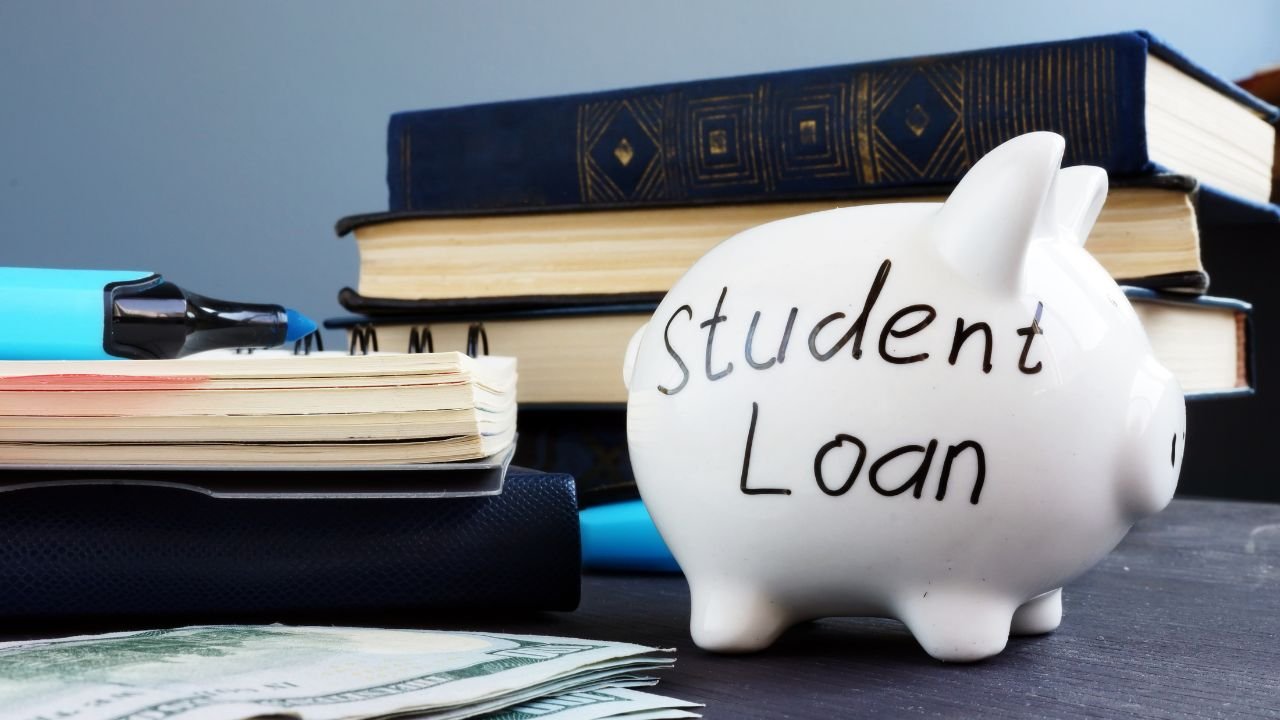Student loan forgiveness continues to evolve as new policies aim to offer relief to borrowers facing long-term debt. In 2025, major updates to federal student loan forgiveness programs are being rolled out under new rules introduced by the U.S. Department of Education. These changes focus on automatic relief, expanded eligibility, and income-driven repayment plans.
More than 20 million borrowers could benefit from these reforms, especially those who have been repaying loans for over a decade or are enrolled in low-income repayment plans.
Table of Contents
Key Forgiveness Programs to Know
1. Income-Driven Repayment (IDR) Forgiveness
Borrowers enrolled in IDR plans like SAVE, PAYE, or IBR can qualify for loan forgiveness after making consistent payments for 20 or 25 years (depending on the plan and loan type). Under the new rules in 2025:
- Many borrowers will receive automatic forgiveness if they’ve been in repayment for the required term.
- Time spent in deferment or forbearance (due to hardship) may now count toward forgiveness.
- Borrowers with original balances of $12,000 or less could see forgiveness after just 10 years of payments under the new SAVE plan.
2. Public Service Loan Forgiveness (PSLF)
PSLF remains available for government and nonprofit workers who make 120 qualifying monthly payments (10 years). Updates in 2025 include:
- More streamlined application through the Federal Student Aid (FSA) website.
- Easier crediting of past payments and adjustments for previously ineligible months.
3. One-Time Account Adjustments
In 2025, a one-time IDR account adjustment will give borrowers credit for past payments, even if they were not in the correct plan. This could move many borrowers closer to forgiveness or qualify them for immediate discharge.
4. Borrower Defense and School Closure Discharge
Borrowers whose schools misled them or closed during enrollment may apply for loan discharge. The process is more automated in 2025, especially for those attending for-profit institutions.
How to Apply for Forgiveness
Some forgiveness programs are automatic if you’re already enrolled in qualifying plans. Others require formal applications through your Federal Student Aid (FSA) account at studentaid.gov.
To apply:
- Log in to your FSA account.
- Submit or update your income-driven repayment application if needed.
- For PSLF, use the PSLF Help Tool to submit employment certification and apply.
- Check your status under “Loan Forgiveness” or “Consolidation” sections.
Always make sure your loan servicer has your updated contact information, especially if you’re expecting forgiveness under the SAVE plan or account adjustment.
Frequently Asked Questions (FAQs)
1. Do I need to do anything if I qualify for automatic forgiveness in 2025?
In most cases, no. If you’re enrolled in an eligible IDR plan or PSLF and meet the criteria, your forgiveness will be processed automatically. However, check your loan account regularly.
2. What is the SAVE plan and how does it help?
The SAVE (Saving on a Valuable Education) plan is an IDR option with lower monthly payments and faster forgiveness for those with low balances. It replaces the REPAYE plan.
3. Will private student loans qualify for forgiveness?
No. Only federal student loans issued by the U.S. Department of Education are eligible. Private loans are not covered under these forgiveness programs.
4. What if I consolidated my loans—am I still eligible?
Yes. Consolidated loans can still qualify, especially under the one-time IDR adjustment and PSLF, as long as they’re federal loans.




